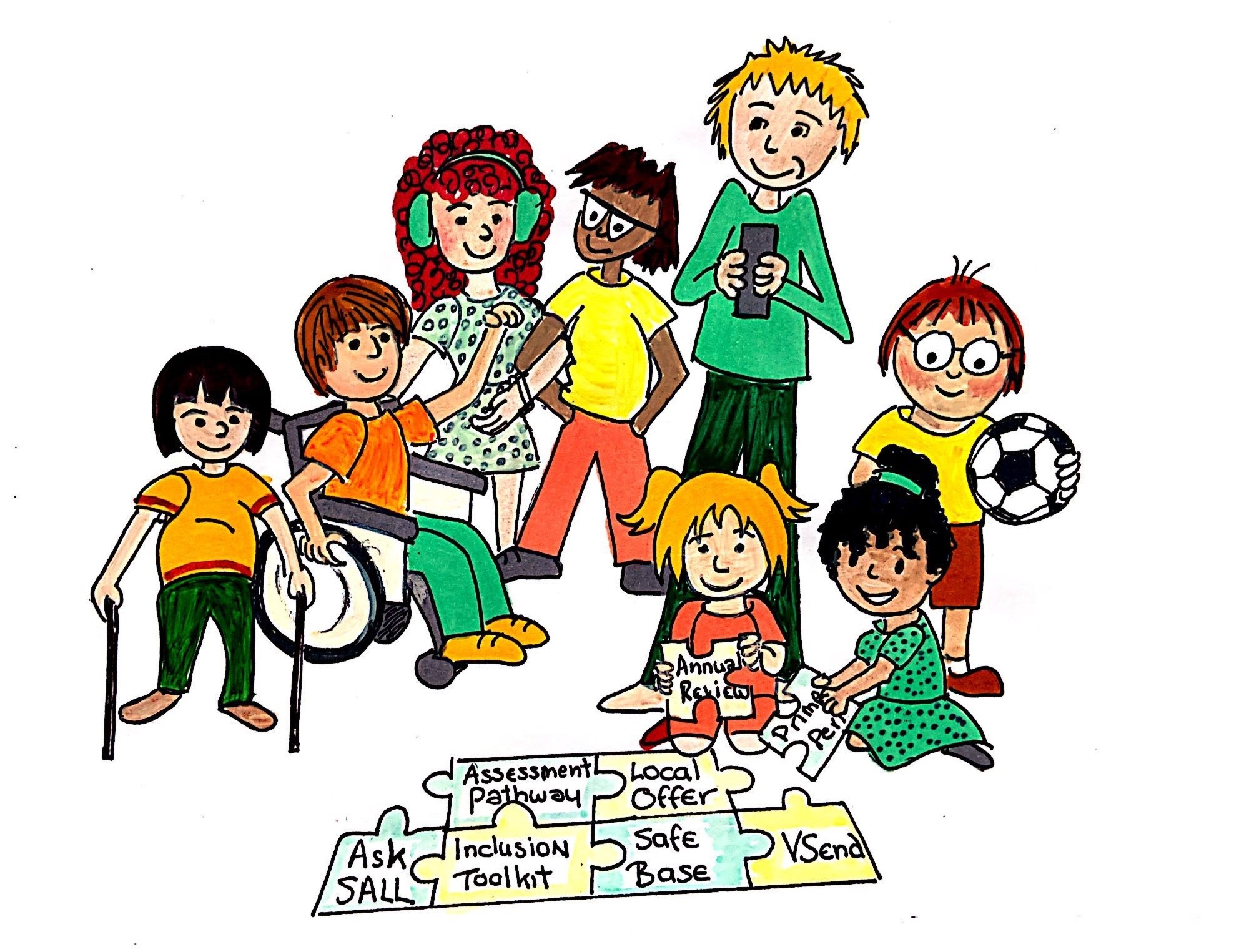Level 1-2 what you may notice
0-5
The child is diagnosed as having mild vision loss. Their needs can be met but they may require low level modification to the presentation of materials. Environmental considerations may also need to be considered.
- vision loss is classified as mild
- child may be clumsy, have difficulties with hand-eye coordination and delayed early learning skills
- some difficulties in certain areas that are due to visual behaviours. For example, moving toys and books closer to eyes or squinting when looking at near or distance objects
- a recognisable ophthalmic condition which has potential to affect the learning process
5-16
The professional judgement of a Qualified Teacher for children and young people with a Vision Impairment should be applied as necessary to decide on the classification of the Vision Impairment. For example a pupil may have a mild reduction in visual acuity but be functioning within a different visual category due to an additional ophthalmic condition e.g. nystagmus, visual field reduction, cerebral vision impairment, and/or additional learning difficulties
The pupil is diagnosed as having mild vision loss (within the range of 6/12 to 6/18). The pupil can access whole class learning with some modifications needed to the presentation of materials. Environmental considerations will need to be taken into account.
- some deterioration in certain areas of academic performance that are due to visual behaviours. For example, deteriorating handwriting, slowness in copying from the board and moving text closer to eyes or squinting
- increasingly asking for written instructions to be given verbally
- a recognisable ophthalmic condition which has potential to affect the learning process


